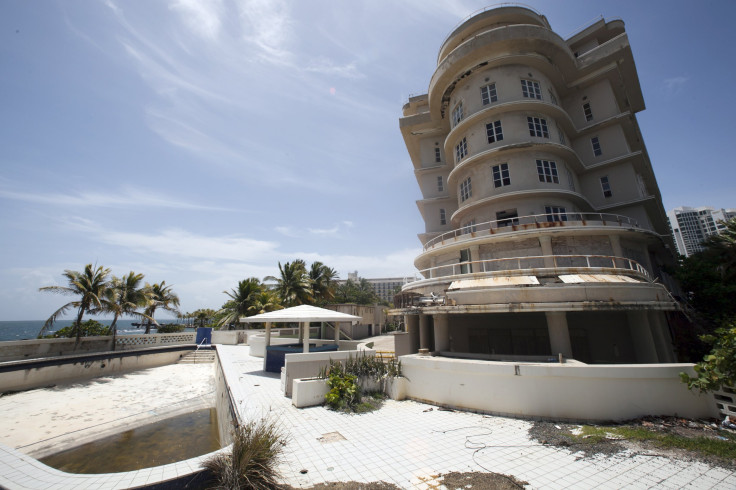Puerto Rico Debt Crisis: Here’s The Plan The US Commonwealth Says Is Necessary To Avoid Insolvency By Summer 2016

Puerto Rico announced Wednesday a five-year plan to restructure about 65 percent of its massive pile of debt that will require the U.S. commonwealth’s creditors to take losses. The most contentious part of the plan is to renegotiate San Juan’s general obligation bonds, which were sold to lenders on the constitutionally backed assurance that the debt repayment would take priority over all other expenditures, including education and other public services.
“Reforms in conjunction with a restructuring of the Commonwealth’s liabilities are essential to restoring Puerto Rico's economic growth,” said a statement Wednesday from Puerto Rico’s Government Development Bank.
The restructuring will come largely from debt held by the commonwealth’s big public entities responsible for services such as electricity, highways and sewage. Puerto Rico is facing a $2.5 billion fiscal-year funding gap, rising to $12.5 billion over the next five years, according to Washington, D.C.-based Height Securities. It will begin running out of cash in November and could be completely broke by the time the next fiscal year begins, on July 1, 2016, even with the tax increases and other reforms put in place this year.
Lenders, including mutual funds and hedge funds, will fight efforts to reduce Puerto Rico’s debt obligations.
"Governor [Alejandro] Garcia Padilla's plan -- to declare debts unpayable and then attack bondholders by calling them 'vultures' -- is both unjust and unconstitutional,” said a statement Wednesday from 60 Plus Association, a conservative seniors organization. “Our coalition includes Puerto Rican residents and mainland seniors living on fixed incomes, who staked their retirement on bonds backed by Puerto Rico's full faith and credit.”
About $47 billion of the commonwealth’s $72 billion is targeted in the ambitious economic plan that could require legislation from Capitol Hill and the island’s legislature. About $13 billion of the island’s debt is held in general obligation funds. About $9 billion is held by the Puerto Rico Electric Power Authority (PREPA). Height Securities estimates that PREPA creditors are facing a cut of more than 15 percent of the outstanding debt, while bonds from the Highway Transportation Authority are likely to experience the steepest cuts.
Puerto Rico’s bonds have been bought over the years by creditors who sought higher returns from a government, its municipalities, and its public corporations, who are barred from filing for bankruptcy protection without approval from the federal Congress.
The bonds’ tax-free status allows investors to gain higher returns from their investment portfolios, but the lending has also enabled the commonwealth to more than double its debts over the past decade by delaying much needed but highly unpopular reforms.
But Puerto Rico’s debt addiction no longer has enablers in the bond market, and now that the commonwealth has run out of lenders, it could run out of money by the summer of 2016. This could effectively shut down the government and state services for its 3.5 million people, many of whom are planning to emigrate from the island and resettle on the U.S. mainland. Emigration from the U.S. commonwealth is so robust right now that Florida -- the state closest to the island -- is poised to overtake New York as the state with the largest Puerto Rican population.
“Something’s going to have to give before the end of this fiscal year, which is June 2016,” a member of the debt restructuring team, known as the Working Group, told the New York Times on condition of anonymity.
© Copyright IBTimes 2024. All rights reserved.






















